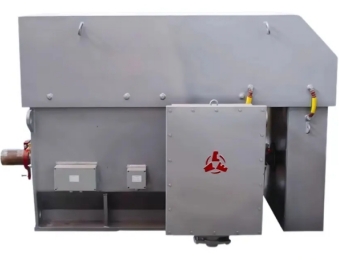It is essential to consider a number of key factors when installing and using current transformers (CTs) in order to guarantee optimal performance and safety. The location of the current transformer should be selected based on the specific measurement and protection requirements. It is therefore essential that the electrical system is thoroughly evaluated prior to installation in order to determine the most effective location for the CT. Correct positioning can significantly enhance the accuracy of measurements and the reliability of the protection scheme.
The wiring method employed for a current transformer is also of great consequence in terms of its functionality. A variety of wiring options are available, including single-phase, three-phase star (Y connection), and three-phase delta (Δ connection). Each method has its own set of advantages and is suitable for different applications. For instance, three-phase star wiring is typically appropriate for balanced loads, whereas delta wiring is advantageous for unbalanced systems. It is of the utmost importance to select the appropriate wiring method in order to prevent secondary open circuits, which could result in inaccurate readings and potential damage to the transformer.
Furthermore, when installing a current transformer for AC motor, it is essential to consider the burden on the secondary side. Overloading the CT can result in saturation, which may lead to distorted measurements. It is therefore essential to ensure that the connected load does not exceed the rated load specified by the transformer.
Furthermore, it is essential to ensure that the installation complies with all relevant electrical codes and standards, and that all connections are secure. Regular maintenance and testing of current transformers is also recommended to ensure their continued accuracy and reliability.
Post time: Oct-28-2024


